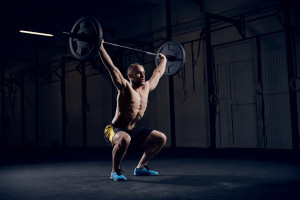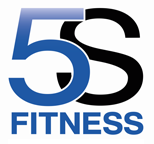 When it comes to correct form & technique its important to first consider these 2 points.
When it comes to correct form & technique its important to first consider these 2 points.
1. It must minimize the chances of injury for the individual practicing the movement.
2. It must employ efficient body mechanics, to maximize the available strength and force/energy of the movement”.
When we train there is always going to be a certain level of risk (An individual might sprain their ankle just walking on a treadmill). The key is to make sure we are maximising how effectively we can perform an exercise, whilst maintaining a low risk of injury (Performing exercises in a way that allows us to maximise the strength and force/energy needed for the movement, without applying “unnecessary” stress on the body).
“Risk vs Reward”… Does the reward of the exercise outweigh the risks involved?…What are our goals?… Are we willing to risk more to achieve more?
These questions bring us to a 3rd point to consider: Is it the most effective method of achieving the results we want?
There is a general consensus of what’s the “right way” to perform most exercises, however it is absolutely fine to adapt the way we train in order to suit our individual needs and achieve the best results possible… Its up to the individual/coach to understand that when we adapt the position or movement pattern involved in an exercise, we are potentially going to increase the amount of stress that is placed on our bones, joints and surrounding soft tissue… Increasing the risk of injuries.
(Individuals may often adapt an exercise as “it feels better for them” but are often reducing their overall potential to generate strength and force/energy)
There are many reasons why it may be deemed necessary to adapt an exercise… Depending on the individuals goals, there may be a difference in opinion of what’s the most beneficial way to perform an exercise… An individual who is training for aesthetic reasons (Hypertrophy/toning etc) may choose to perform exercises differently to someone who is looking to improve their athletic performance (Strength/speed/power etc)… “Lift slow or lift fast?”
Another common reason for adapting the way we train is past or current injuries… An individual with a past history of shoulder problems is going to want to tailor their training methods to accommodate for any strength or stability issues they may experience as a result of the problem.
A good coach/trainer will have a complete understanding of how to perform an exercise in the “right way”… A great coach will have a complete understanding of how to perform an exercise in many different ways and the pros and cons of each method/adaption… Regardless of how long you have been training, don’t be afraid to learn about different techniques.
